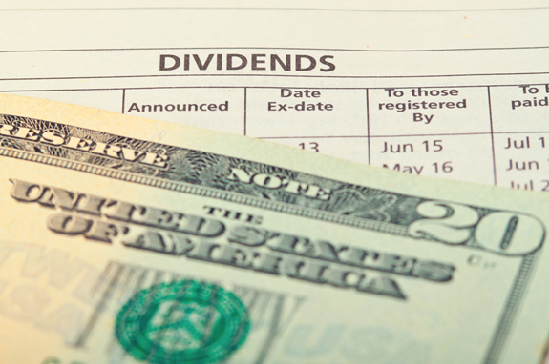I like investing in bridge loans.
These are typically short-term loans at high interest rates. Many times, the borrower needs financing until their mortgage closes or until they sell the property.
Of course, the higher yield comes with greater risk.
There may be a very good reason why the property owner or buyer doesn’t have existing financing in place. They may be too big of a risk for a traditional mortgage company.
Or the borrower may simply not want to go through the hassle, paperwork and cost of a traditional mortgage for what may be only a short time period.
Arbor Realty Trust (NYSE: ABR) is a New York-based lender. Ninety percent of its portfolio consists of bridge loans, 74% of which are to owners of multifamily properties.
The company started paying dividends in 2004. Between 2004 and 2008, it raised the dividend 10 times. But it also cut the dividend twice. And in 2008, during the financial crisis, it eliminated the dividend entirely.
(Fortunately for Arbor Realty’s dividend rating, that was 10 years ago. So the dividend cut aged out of the SafetyNet Pro model.)
Since the dividend was reinstated in 2012, management has raised the dividend 12 times with no cuts.
Based on the most current quarterly dividend, the stock’s annual yield is a juicy 10.6%.
Last year, Arbor Realty paid out $65.5 million while generating $66.1 million in net interest income (NII). NII is a good proxy for cash flow when it comes to lenders.
Often, real estate investment trusts that lend money will pay most or all of their NII to shareholders in the form of dividends.
There is no Wall Street estimate for Arbor Realty’s NII in 2018. However, operating income and net income are expected to grow 10% and 6%, respectively. So NII will likely increase as well. That gives me confidence that the company won’t reduce its dividend in the next year or so.
According to the SafetyNet Pro model, there is nothing to worry about. The company’s recent track record is strong, and it generates enough money to afford its dividend.
The one thing that concerns me is what doesn’t show up in the model. The CEO is the founder of the company and the same person who led the company when it cut and eliminated the dividend years ago.
I’m sure that it was a necessary step to take during the financial crisis, but it shows a willingness to cut the dividend. Other companies, such as Chevron (NYSE: CVX), have not only sustained their dividend but raised it during difficult periods. (I covered Chevron in this column last week.)
In the short term, there is nothing to worry about in regards to Arbor Realty’s ability to pay its dividend. But if the economy sinks or things otherwise get difficult for the company, keep its history in mind.
Dividend Safety Rating: A

If you have a stock whose dividend safety you’d like me to analyze, leave the ticker symbol in the comments section below.
Good investing,
Marc
